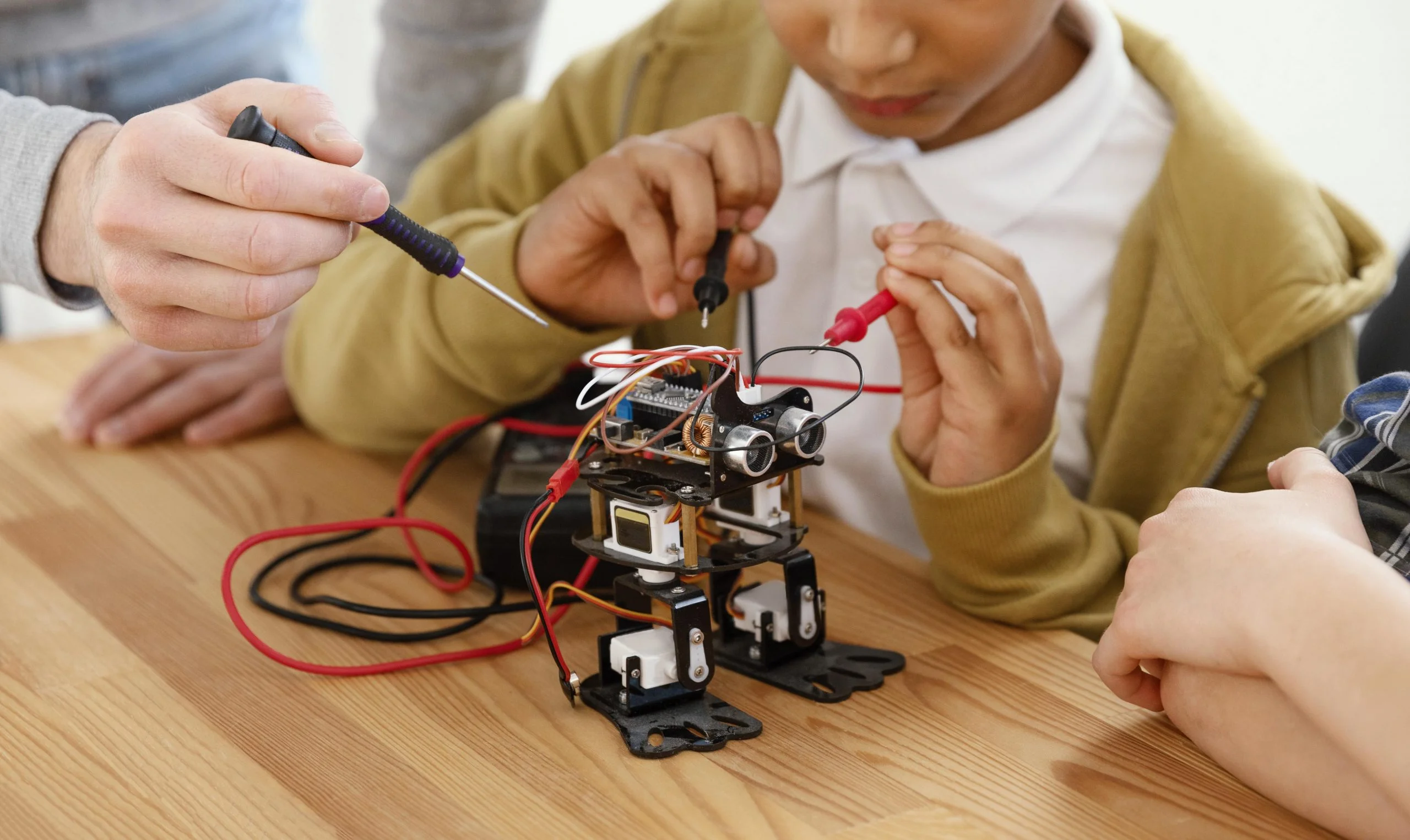Robotics is an exciting and rapidly advancing field that merges science, engineering, and technology to create intelligent machines capable of performing tasks with precision and efficiency. From industrial automation to everyday applications, robots have become an integral part of our lives. In this beginner’s guide to robotics, we will explore the key concepts, types of robots, and their diverse applications, opening the door to the captivating world of robotics.
- Understanding Robotics: Robotics involves the design, construction, programming, and operation of robots. Robots are autonomous or semi-autonomous machines capable of interacting with their environment and executing tasks based on pre-programmed instructions or through advanced sensors and artificial intelligence.
- Types of Robots: Robots come in various forms, each designed for specific purposes. Some common types include:
a. Industrial Robots: These robots are used in manufacturing and industrial processes to perform repetitive tasks such as assembly, welding, painting, and material handling. They are known for their precision, strength, and speed.
b. Service Robots: These robots are designed to assist humans in various settings, such as healthcare, hospitality, and household chores. Examples include robotic companions, automated vacuum cleaners, and robotic surgical systems.
c. Mobile Robots: These robots are capable of moving and navigating autonomously or with limited human intervention. They can be used for tasks such as exploration, surveillance, delivery, and search and rescue operations.
d. Collaborative Robots (Cobots): Cobots are designed to work safely alongside humans, collaborating and assisting in tasks that require both human dexterity and robotic precision. They can enhance productivity and safety in manufacturing environments.
e. Educational and Hobbyist Robots: These robots are specifically designed for learning purposes, allowing beginners to explore the basics of robotics through programming, building, and experimentation.
- Components of a Robot: Robots consist of several key components that enable their functionality:
a. Actuators: These components, such as motors or pneumatic systems, allow robots to move their limbs or perform specific actions.
b. Sensors: Sensors provide robots with the ability to perceive and gather information about their environment. Common sensors include cameras, touch sensors, proximity sensors, and gyroscopes.
c. Controllers: Controllers are the “brains” of a robot. They receive input from sensors, process information, and send commands to actuators, enabling the robot to perform desired tasks.
d. Power Source: Robots require a power source, typically in the form of batteries or electrical power, to operate their components and perform tasks.
- Applications of Robotics: Robotics has a wide range of applications across various industries and sectors:
a. Manufacturing and Automation: Industrial robots streamline production processes, increasing efficiency and precision while reducing human labor.
b. Healthcare: Robots assist in surgeries, perform repetitive tasks, provide physical therapy, and support patient care in hospitals and healthcare facilities.
c. Exploration and Space: Robots are used for space exploration, planetary rovers, and underwater exploration, enabling us to gather valuable information from remote and hazardous environments.
d. Agriculture: Robots are employed for tasks such as harvesting, planting, and monitoring crops, enhancing productivity and reducing manual labor.
e. Transportation and Logistics: Autonomous vehicles and drones are revolutionizing transportation and logistics by improving delivery efficiency and reducing costs.
f. Education and Research: Educational robots promote STEM education and help students learn programming, problem-solving, and critical thinking skills.





